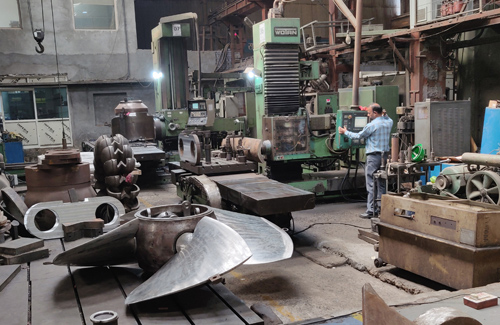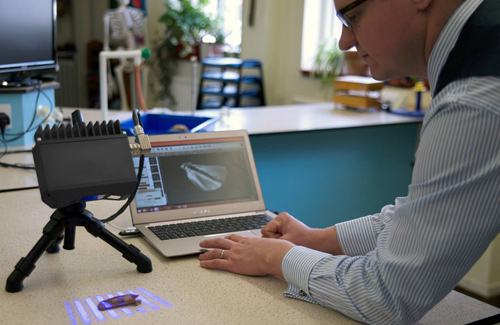Polyga Compact C506 3D Scanner Aided the Discovery of the Origins of Animals
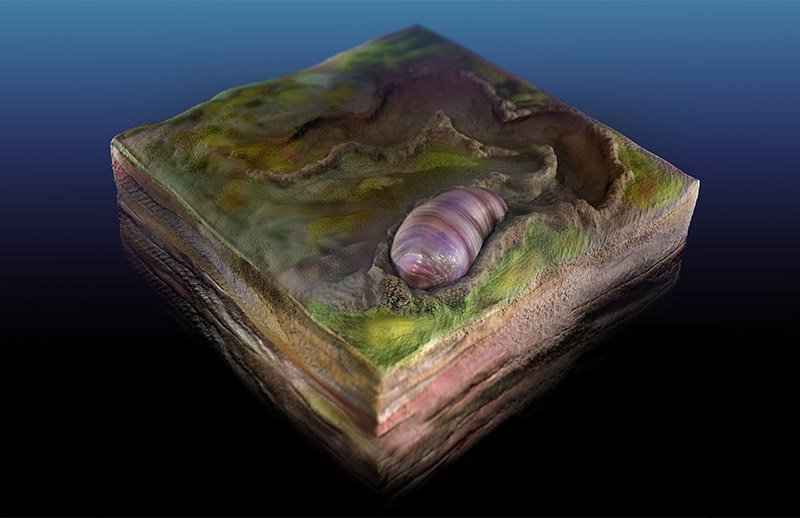
Rendering of Ikaria wariootia creating a burrow.
(Source: Sohail Wasif/University of California, Riverside)
A team of researchers made a significant discovery by identifying a common ancestor of modern animals that lived more than 555 million years ago in Australian fossils.
It all started when researchers Scott Evans (Smithsonian National Museum of Natural History) and Mary Droser (a professor of geology at the University of California, Riverside) found tiny oval impressions near some of the burrows in the fossils.
With the support from the NASA Exobiology Program Grant, they acquired the Polyga Compact C506 to carry out a detailed morphological investigation. The professional 3D scanner is capable of capturing digital 3D scans of very small objects at an accuracy of 12 microns (0.012 mm). Scans were processed using FlexScan3D and measurements were taken with the 3D scanning software.
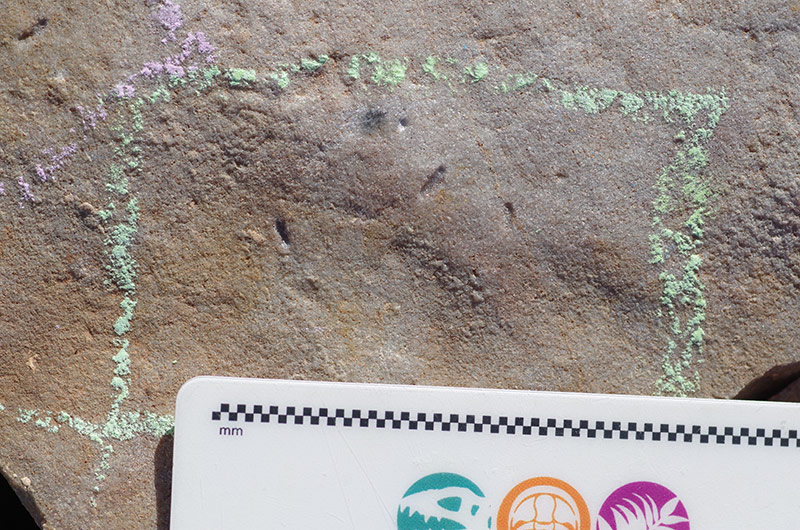
Impressions of Ikaria wariootia in stone (Source: Droser Lab/University of California, Riverside)
Studying the 3D scans of Ikaria wariootia indicated a cylindrical body with two symmetrical sides, with a distinct head and tail connected by a gut, and faintly grooved musculature which can be identified as the earliest bilaterian.
Previous research about the analysis of modern animals predicted that the oldest bilaterians were simple and small. Identifying these organisms would be difficult to detect in the fossil record—until now.
“We thought these animals should have existed during this interval, but always understood they would be difficult to recognize. Once we had the 3D scans, we knew that we had made an important discovery.”
Scott Evans Smithsonian National Museum of Natural History and co-author of the study
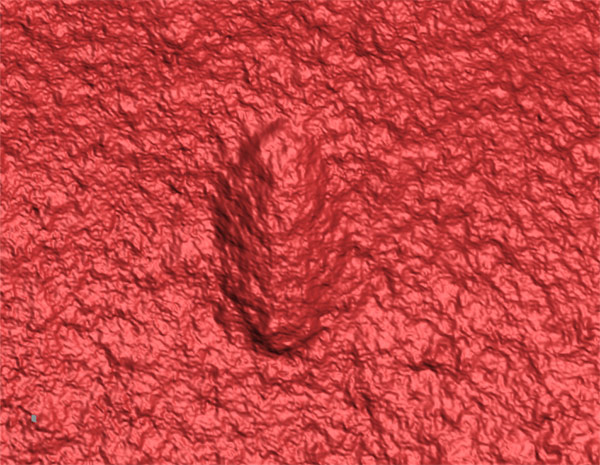
A digital 3D scan of an Ikaria wariootia impression using the Compact C506 3D scanner.
The Ikaia wariootia ranged between 2 to 7 mm long and about 1 to 2.5 mm wide, approximately the size of a grain of rice. They are just the right size to have made the burrows found in the fossils.
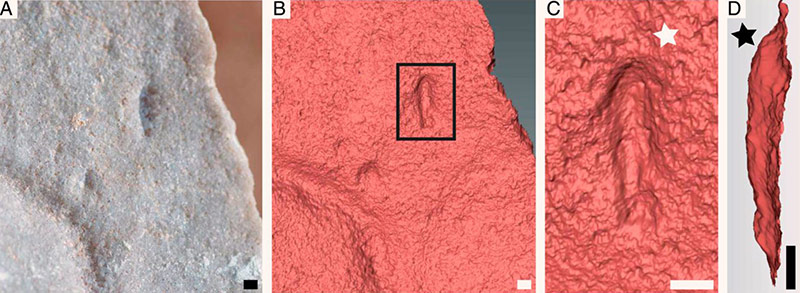
3D scans captured from the Polyga Compact C506 3D scanner revealed the organism had a clear front and back, with one end distinctly smaller and more tightly curved than the other. (Source: Droser Lab/University of California, Riverside)
Because the Ikaia wariootia has a distinct front and back end, the research suggests that this type of basic organizational body structure is linked to many living organisms that are around today, including worms, insects, and even humans.
This important discovery has been made possible with the help of advanced 3D scanning technology capable of digitizing tiny objects. As demonstrated in this study, professional 3D scanners are proven valuable for scientific research. The Polyga Compact C506 provides researchers with the tools to uncover insights that would otherwise be difficult to do with other measurement methods. Most importantly, it helps us find the link to our past.
Sources:
- Research article, Discovery of the oldest bilaterian from the Ediacaran of South Australia, by Scott D. Evans, Ian V. Hughes, James G. Gehling, and Mary L. Droser.
- University of California (UC) Riverside News, Ancestor of all animals identified in Australian fossils, written by Holly Ober


